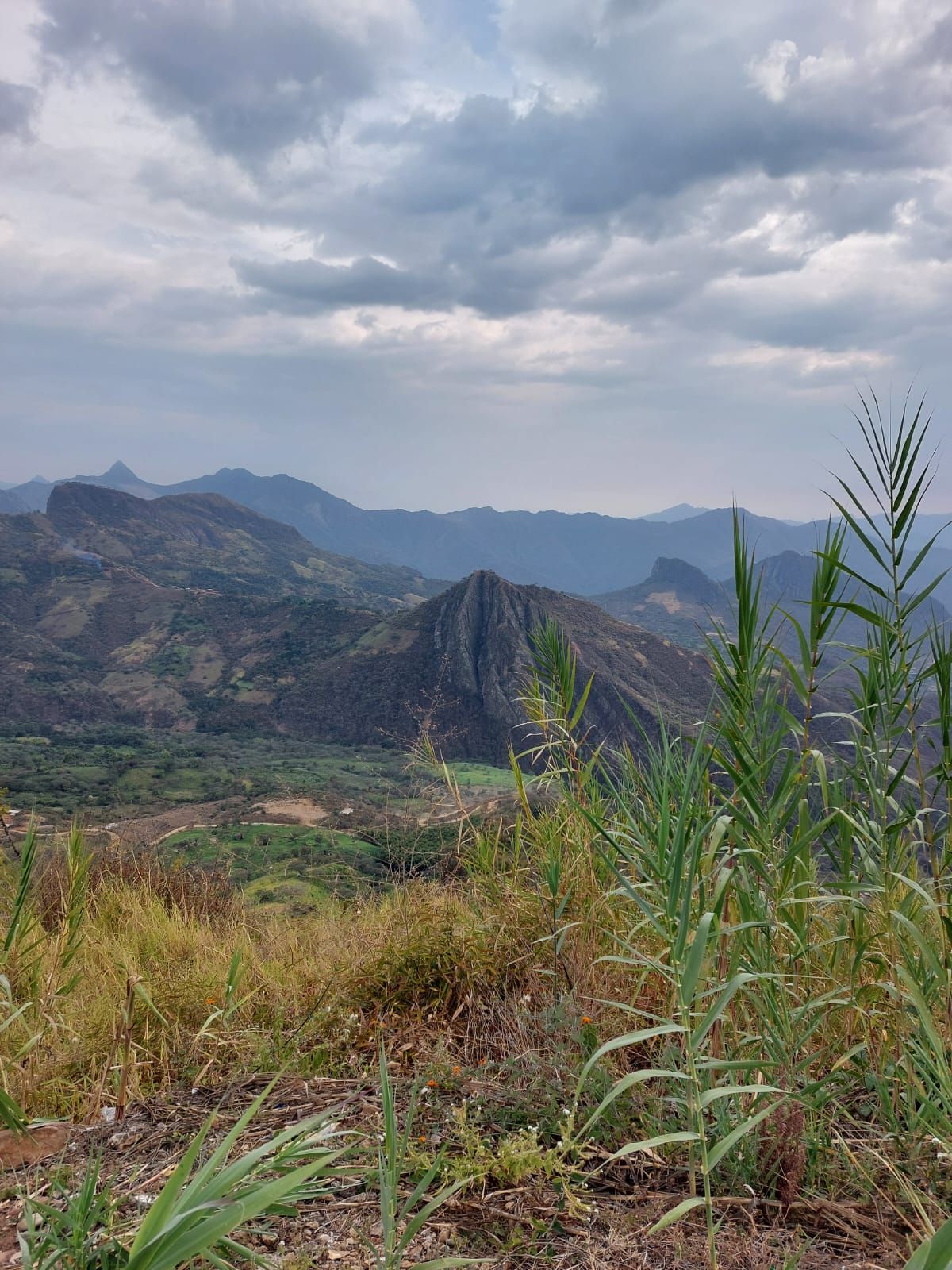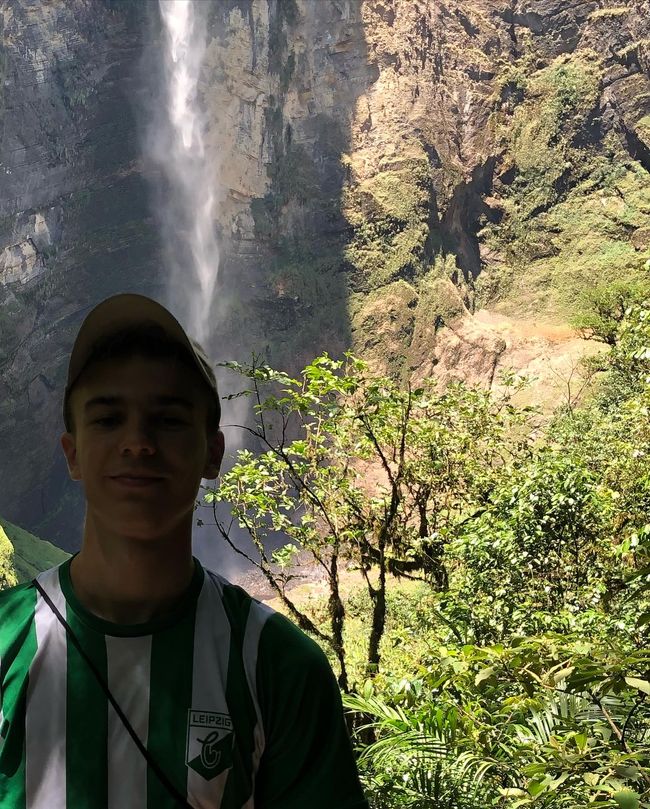New Year, trip to Ecuador, and ongoing political crisis
Whakaputaina: 03.02.2023
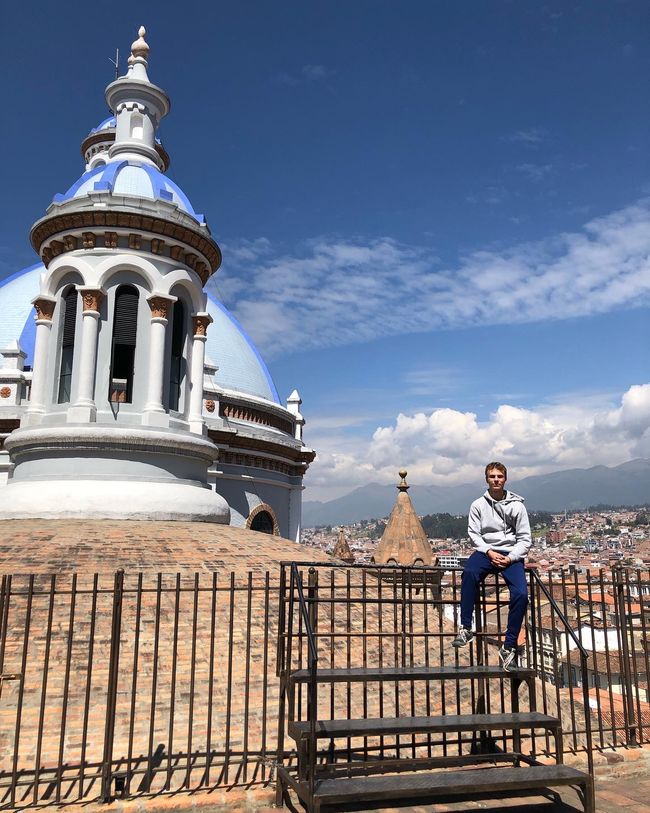
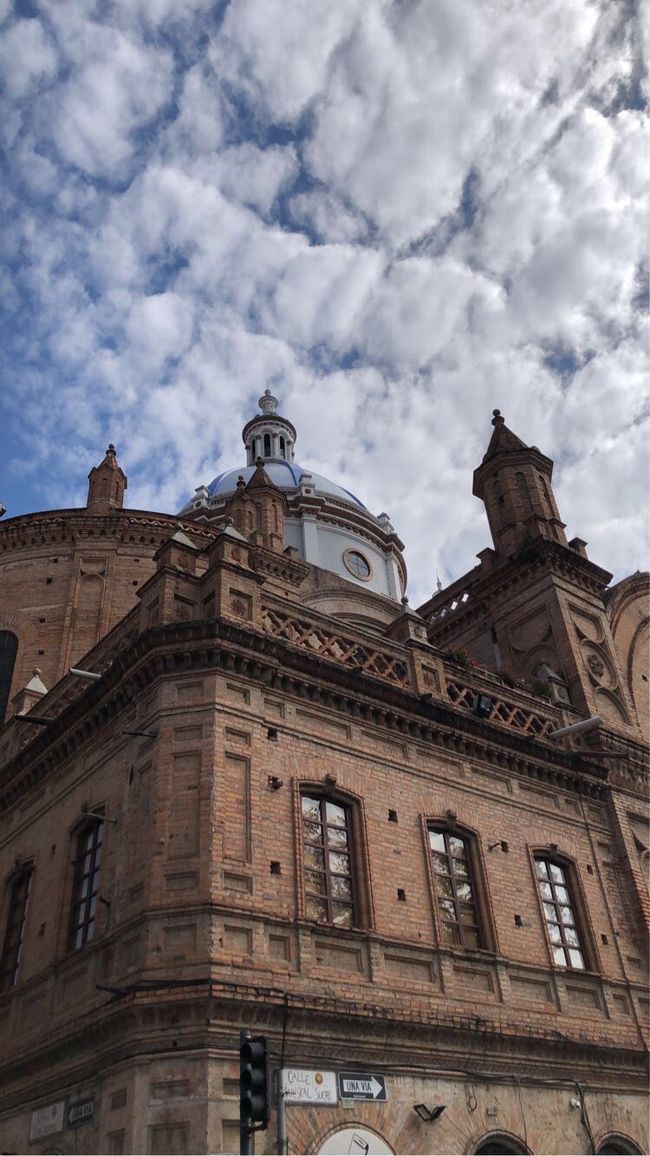
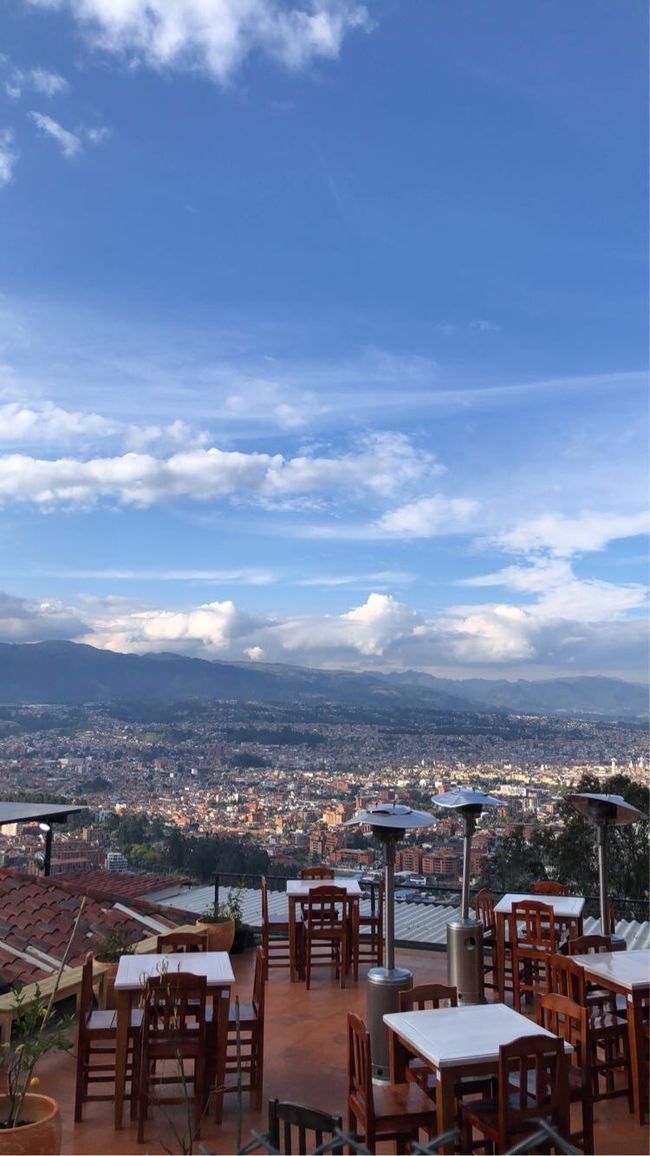
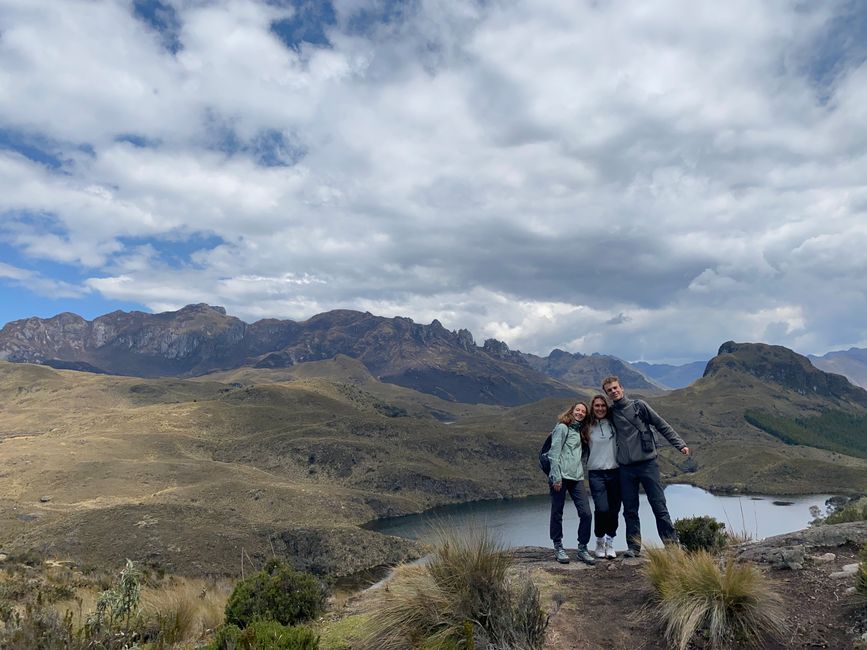
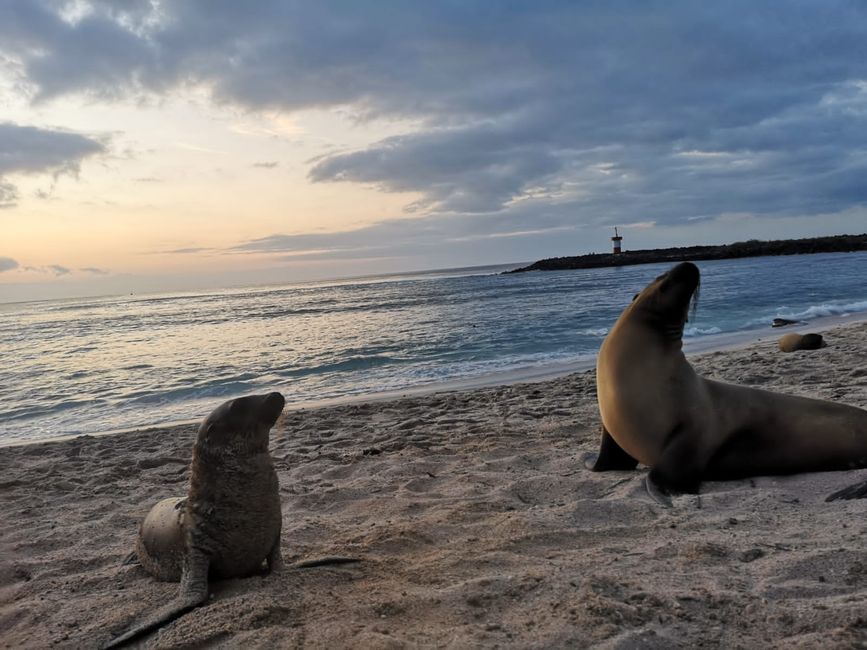
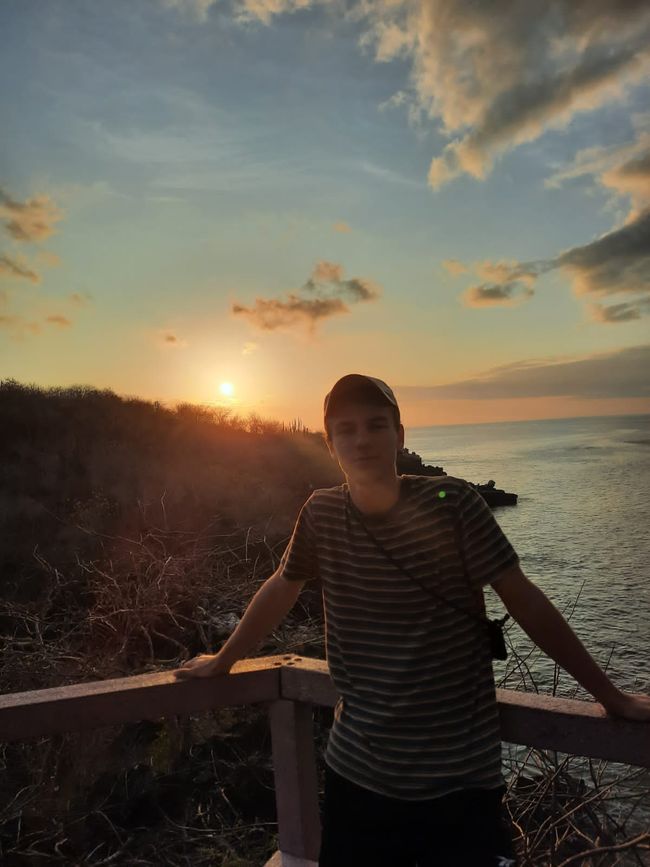
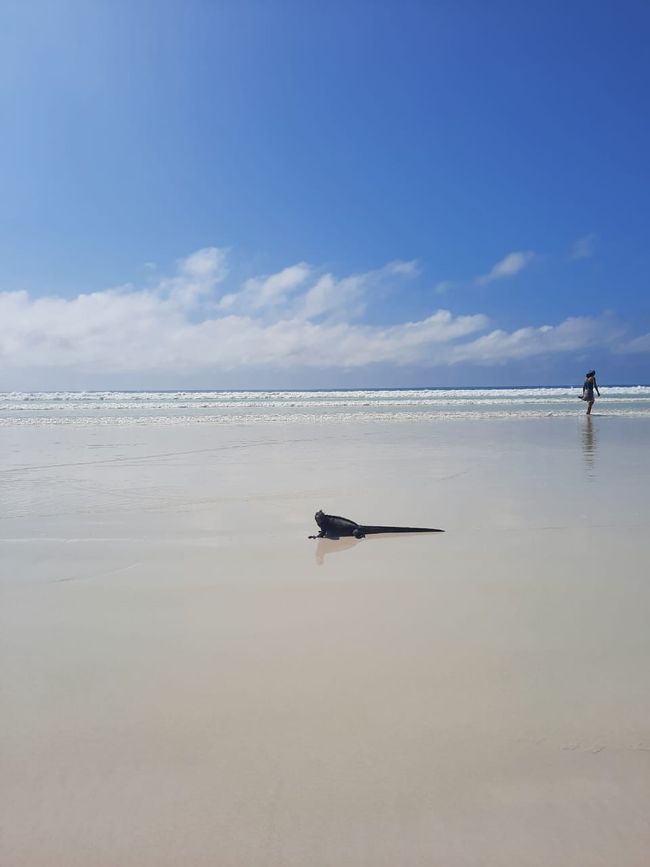
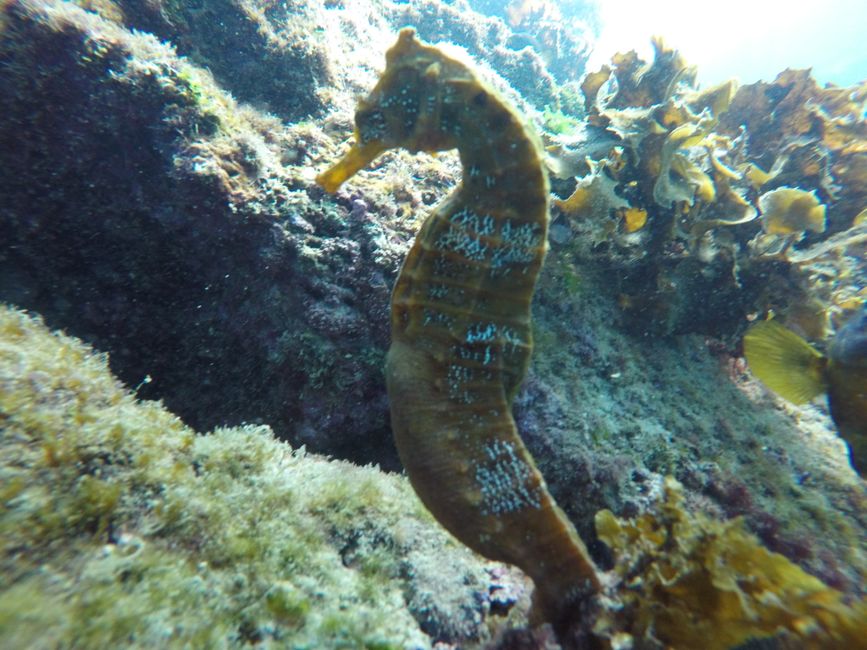
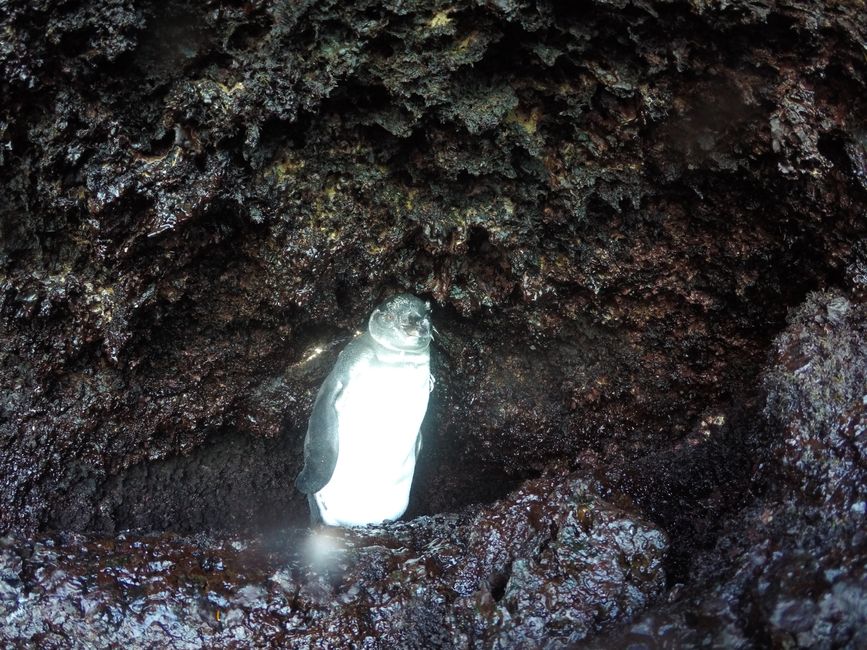
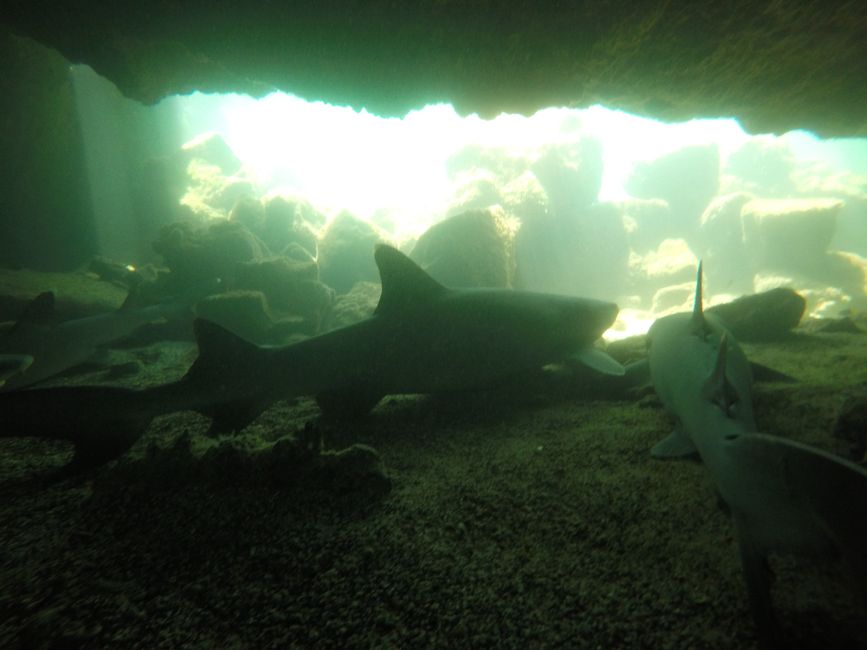
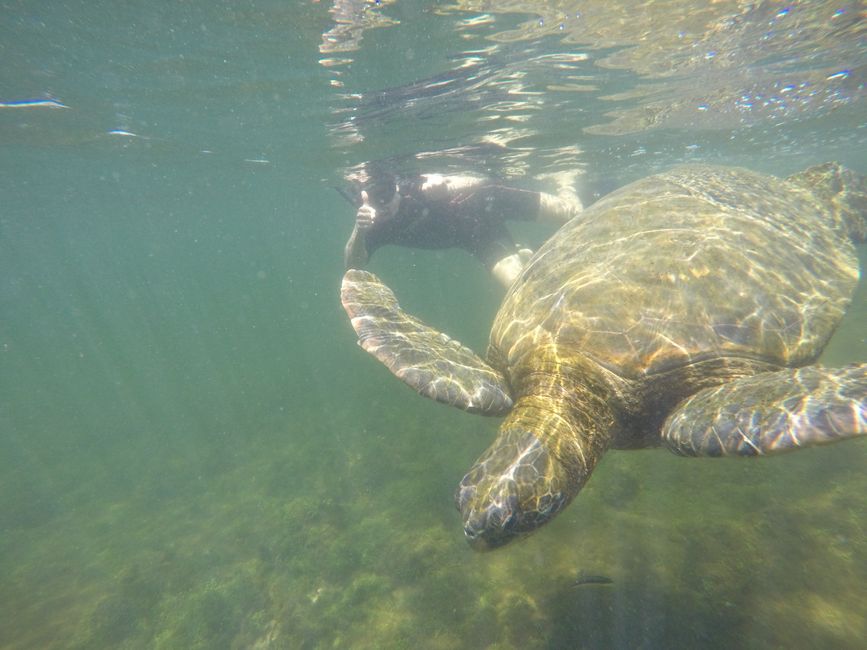
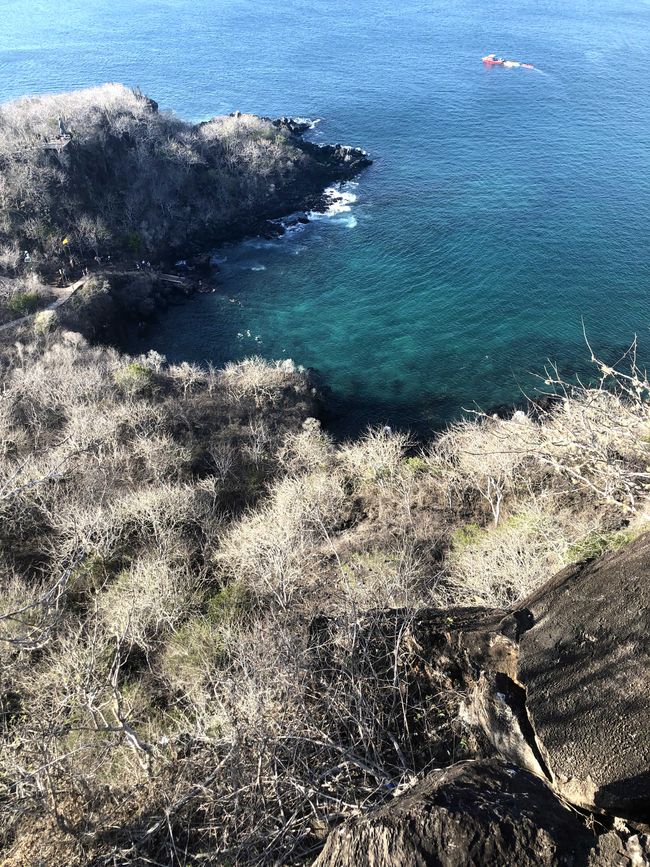
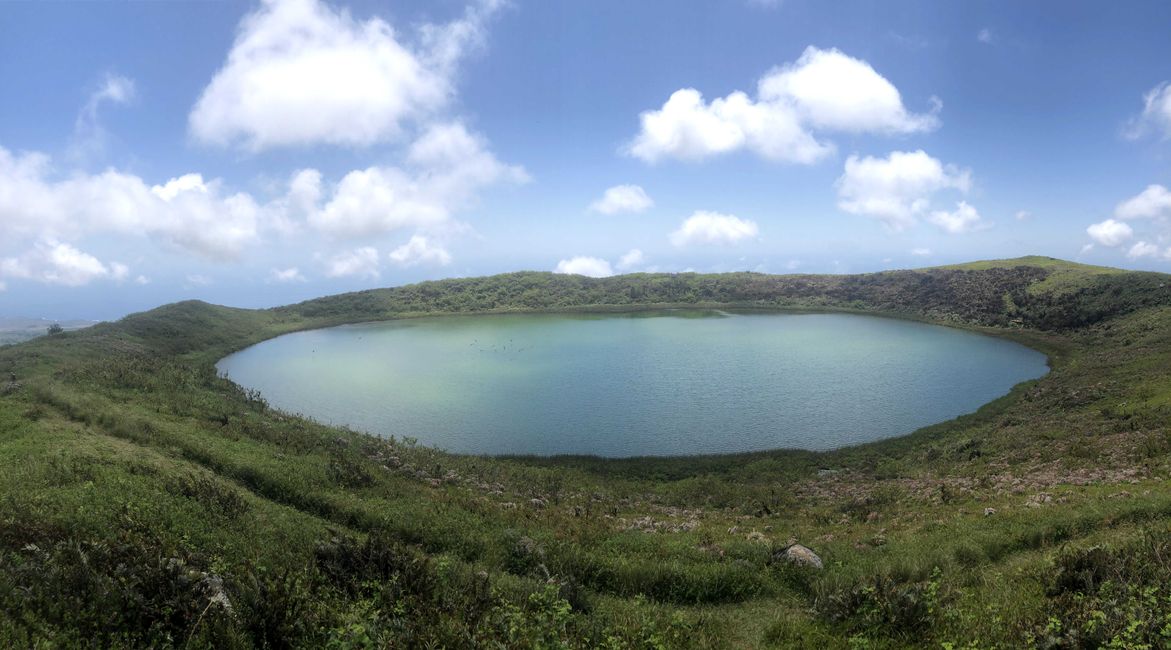
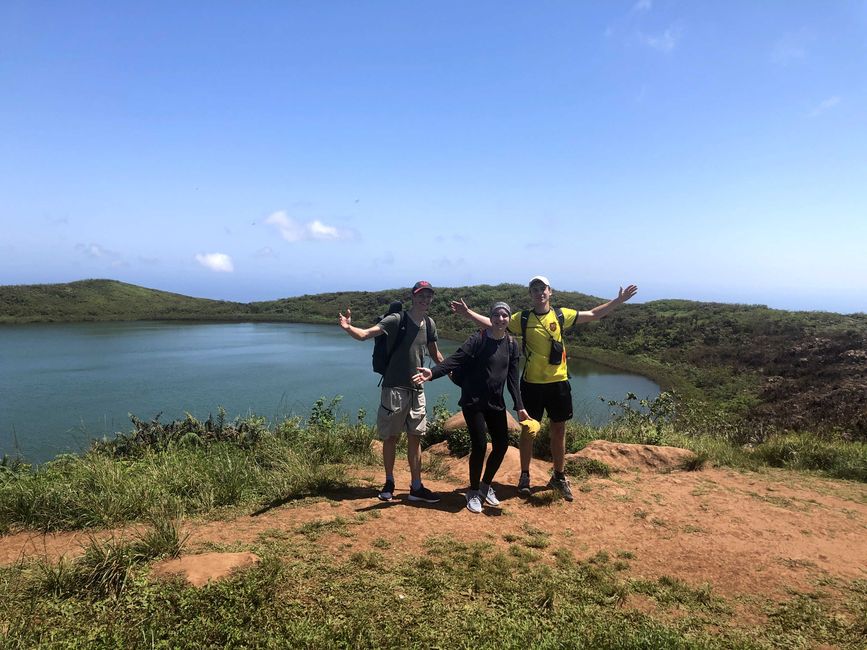
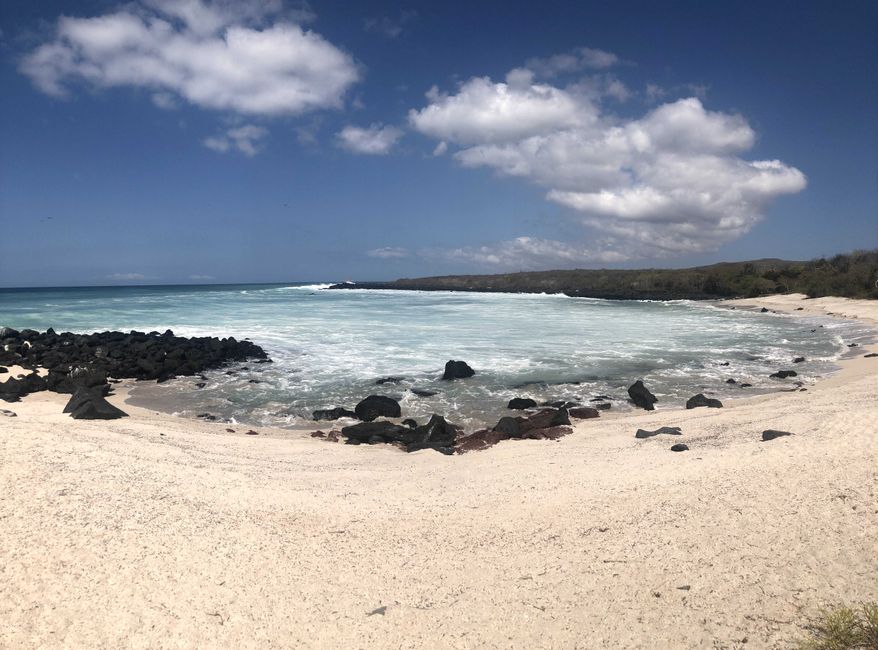
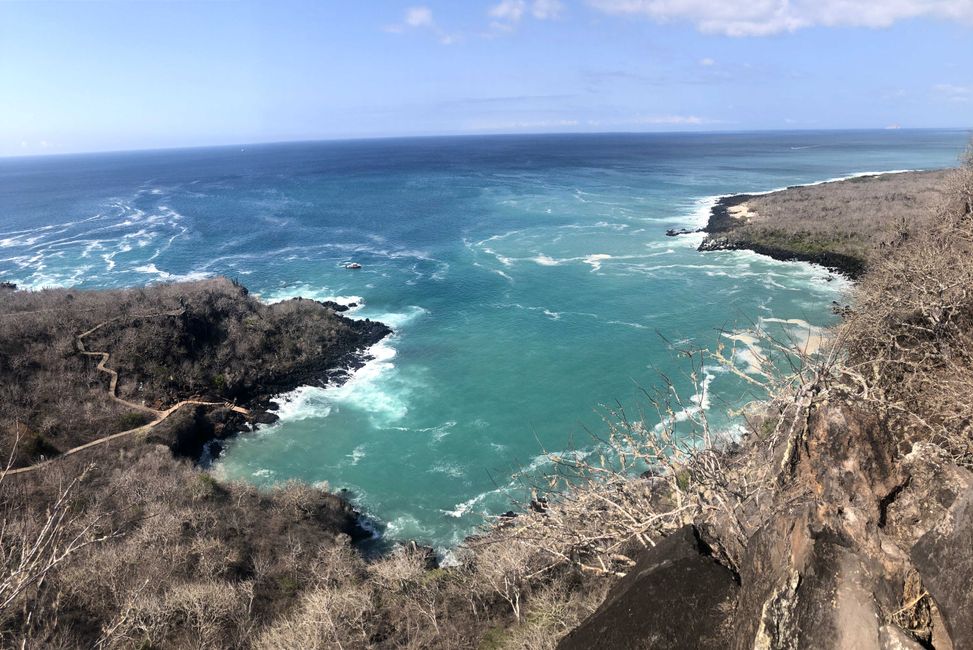
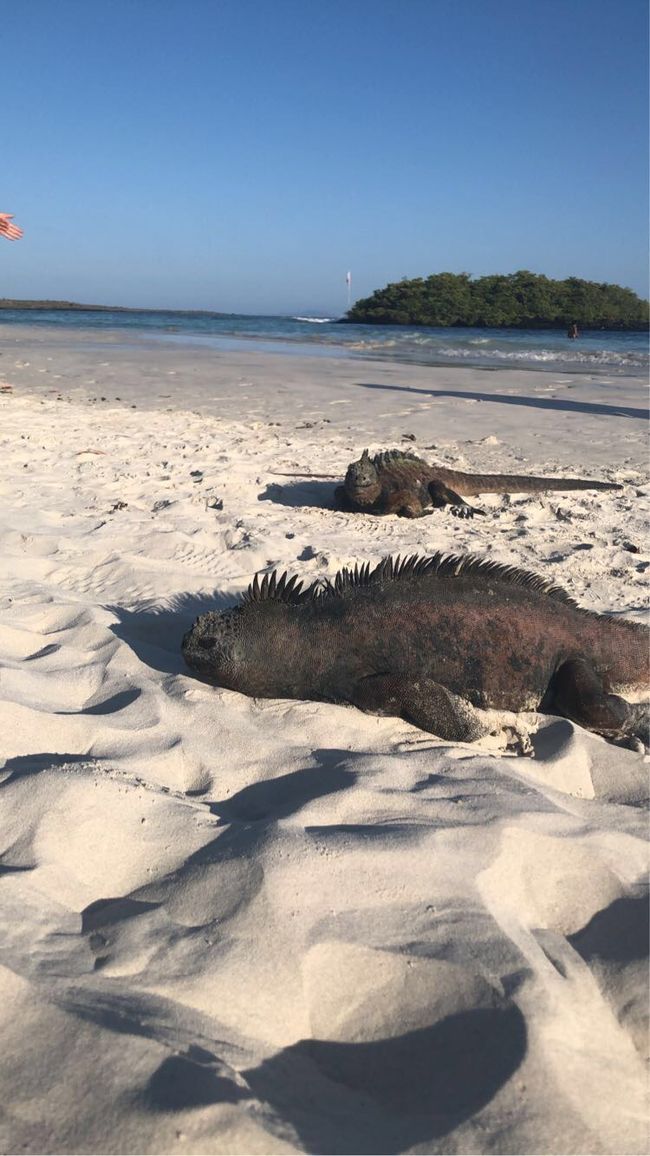
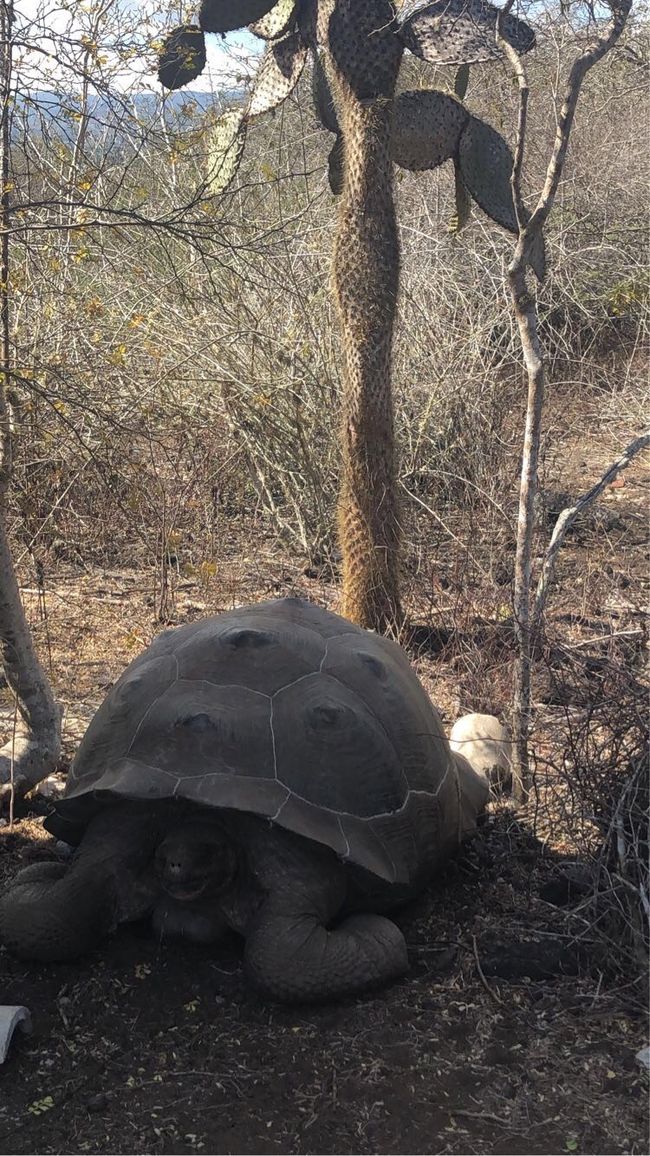
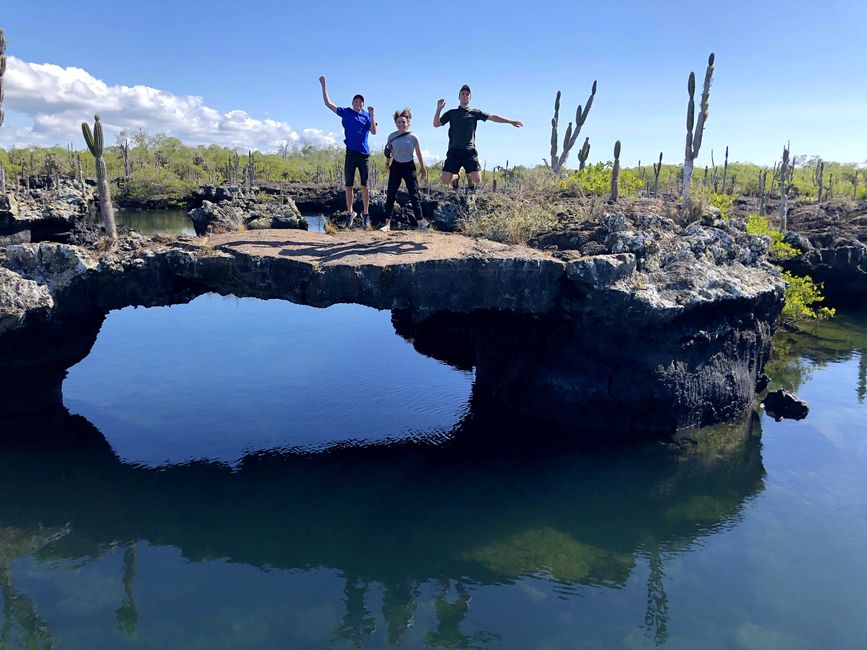
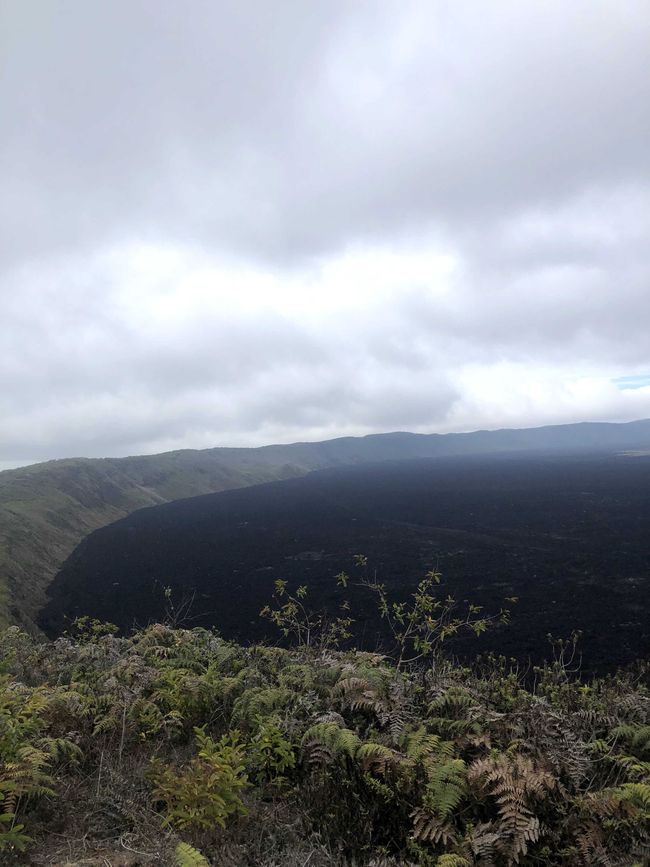
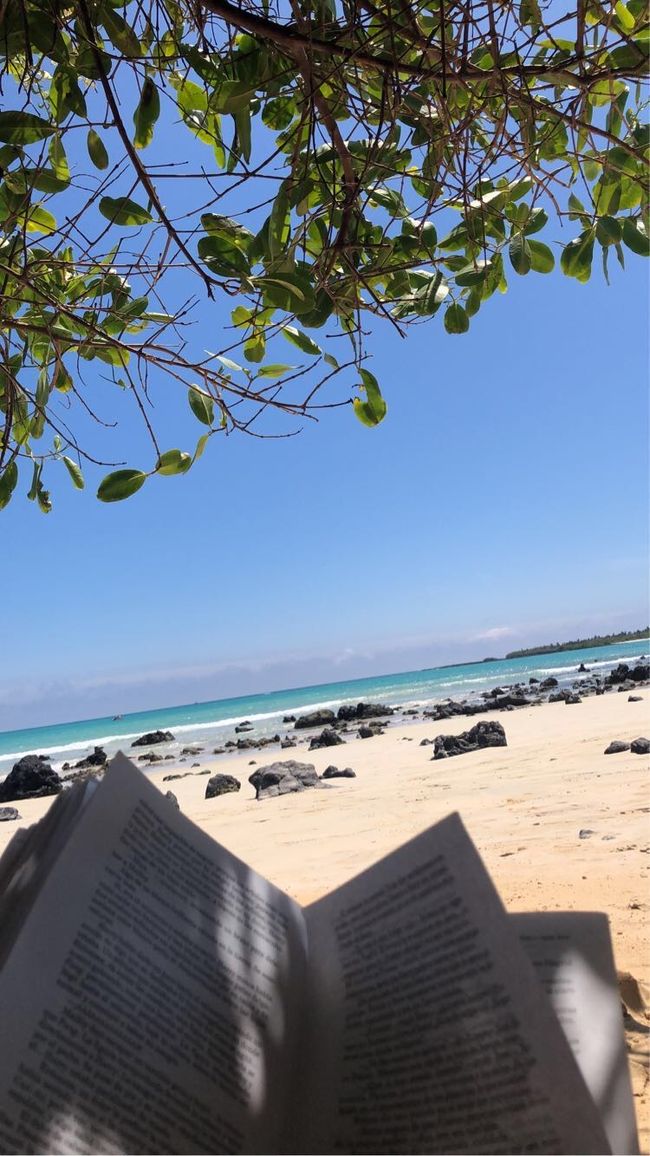
Ohauru ki te Panui
Now I'm back after a long writing break.
Let me start with my Christmas days, which were definitely different this time. Together with my (former) host family, we went on a beach vacation to Punta Sal, a well-known beach in northern Peru, during the Christmas holidays. We enjoyed the sun and relaxed for three days in a huge hotel complex with a pool and a beautiful beach. However, I didn't really get into the Christmas spirit. Apart from the typical Peruvian Christmas dinner of turkey and a small fireworks display on the night of December 24th, there weren't many activities. Of course, Christmas is very important and celebrated on a large scale with family at home, as Peru is a predominantly Catholic country. However, being in a hotel is a different experience. It was still nice to be part of these traditions, and of course, there was plenty of food.
At the New Year's Eve party, I learned about some important cultural traditions. I celebrated with friends at another family's house, which had even organized a band. Shortly before midnight, each person received 12 grapes. Each grape represents a month, and you have to make a wish for each grape, which is supposed to come true in the next year. Shortly after midnight, everyone ate the grapes together. To be honest, it was difficult for me to come up with 12 wishes, but in the end, after some careful consideration, I managed it. We also received dry rice grains that we were supposed to put in our wallets and dry lentils for our pockets. This tradition is meant to ensure that you always have enough food in the next year. Of course, there were also fireworks, but fortunately on a smaller scale. All in all, it was very nice to participate in these traditions, and, of course, there was plenty of food again.
On January 3rd, I started my trip to Ecuador. First, I took an overnight bus to Cuenca, a beautiful city in the mountains of Ecuador. The 12-hour journey went by relatively quickly, except for a two-hour border control. I stayed in Cuenca for three days and slept in a hostel where I met many other international travelers. I also met two Swiss women with whom I went on a very nice but also exhausting hike at an altitude of almost 4000 meters. We hiked in the "Cajas" National Park, where we encountered countless beautiful small lagoons. The other days, I spent exploring Cuenca. The city has a beautiful old town with historic buildings and at the same time, it is very modern and influenced by its student population. It was a completely different city experience compared to Peru. For example, tap water was safe to drink, and the traffic was much more organized.
On January 6th, I took an early morning bus to Guayaquil, the largest city in Ecuador. Here I met two other volunteers from Peru. We only spent one day in Guayaquil because the next day we had a flight to the Galapagos Islands. So we didn't see much of the city. However, we took a gondola ride over the city and crossed the huge river, which was very impressive. Some neighborhoods with colorful houses on small hills reminded me of pictures from Rio. However, due to its population of almost 2.7 million, the city was also very polluted, and there was a constant haze in the air.
As I mentioned before, the next day we started our main trip to the Galapagos Islands. However, the journey started a bit stressful as we had to wait for 2 hours in the plane due to technical problems. Luckily, we managed to get seats in the premium class and could distract ourselves with complimentary food and drinks, which was not bad at all :)
Our first island, where we spent three days, was San Cristobal. In the small main town, we were immediately greeted by sea lions and iguanas. The number of sea lions and their proximity to humans seemed surreal at first. During the next three days, we had long snorkeling sessions, a challenging bike ride through the highlands, hikes, and simply relaxing hours on dream beaches. Underwater, we encountered turtles, playful seals, and countless colorful fish. Once you were in the water, you didn't want to get out anymore. But the lagoon on a volcano crater and the hidden dream beaches were also highlights.
On the fourth day, we took a ferry to our second island, Santa Cruz, at 7 a.m. This island was also beautiful but unfortunately the most touristy and therefore not as peaceful. However, there were still many beautiful things to see. We snorkeled in a rocky gorge and walked past natural salt springs. The very famous "Tortuga Bay" beach was also very impressive, and while snorkeling, we encountered a turtle every two minutes. We also saw stingrays there.
After two days on Santa Cruz, we went to the largest of all the Galapagos Islands, San Isabela. Here it was much quieter again. San Isabela is dominated by its large volcanoes, some of which are still active and occasionally made the news with eruptions in the 2000s. A large part of the island is therefore not accessible. But the mixture of moon-like volcanic landscapes, green agricultural areas, and beautiful beaches makes the island very unique. Thanks to the volcanoes, a beautiful lava tunnel landscape has formed in the sea on San Isabela. Unfortunately, you had to book a very expensive tour to get there, but it was definitely worth it. The lava tunnels are truly unique, and the diversity of species in the water is incredible. While snorkeling, we encountered sharks, seahorses, a Galapagos penguin, special types of fish, and of course, countless turtles. On the last day, we went on a hike to the "Sierra Negra" volcano, which has one of the largest volcanic craters in the world.
The next day, we unfortunately had to go back to the mainland, but this time not in the premium class. The premium class was also not available on the bus back to Peru because the bus simply did not show up. So we had to embark on a little spontaneous adventure. After hearing from passersby that we should never stay in Guayaquil at night for our safety, we approached bus drivers and asked about their respective destinations. Eventually, we luckily found a bus that was heading towards the border. Fortunately, we were also able to buy tickets for this bus spontaneously. We arrived in the mentioned town near the border at 1 a.m. From there, we took a taxi to the immigration building at the border. With questioning and mostly surprised looks, we had our passports stamped there at 2 a.m. We knew that buses would eventually pass through here, which would go to our cities. However, we firmly expected to spend the night in the immigration building. But at half past two, a bus finally arrived that fortunately had a few hours of delay from our point of view. There were still seats available, and we were allowed to get on spontaneously. On the one hand, we experienced the negative aspects of the chaotic bus system. On the other hand, we also benefited from the spontaneity of the bus drivers.
All in all, these were again very impressive weeks with many highlights.
Since my host family from Chiclayo has moved, I am now in a new host family. But I have also settled in well here. I will write more about this soon.
The political crisis has escalated again in recent weeks, and there have been many deaths and injuries. Fortunately, it is still very calm in the north. Traveling within Peru, however, is currently very complicated, and especially the southern tourist destinations are simply too dangerous. I hope the situation improves soon.
Best regards to everyone :)
Ohauru ki te Panui
Whakautu
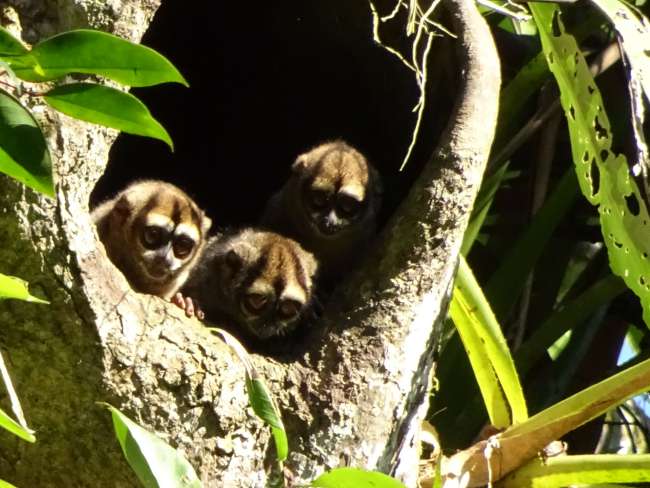
Ripoata haerenga Ekuador
